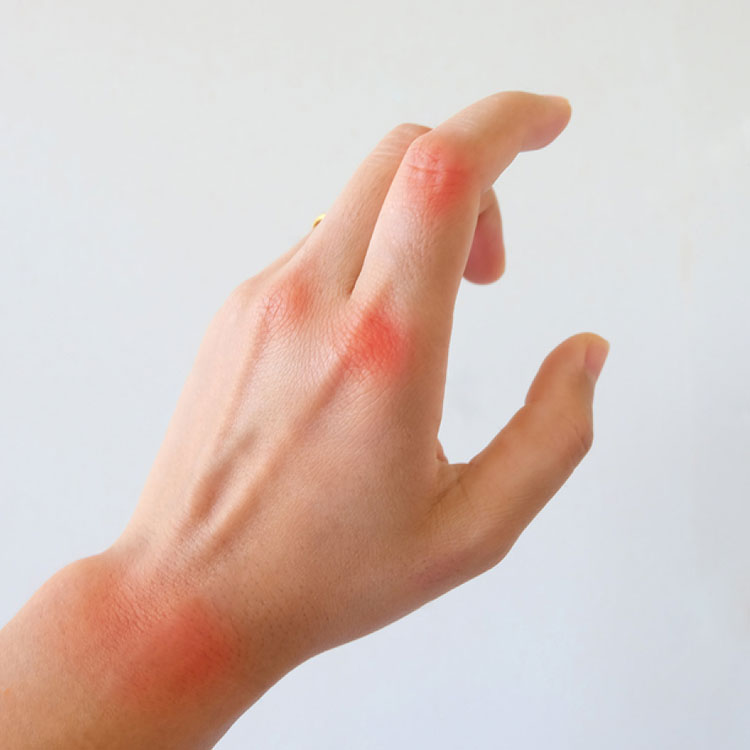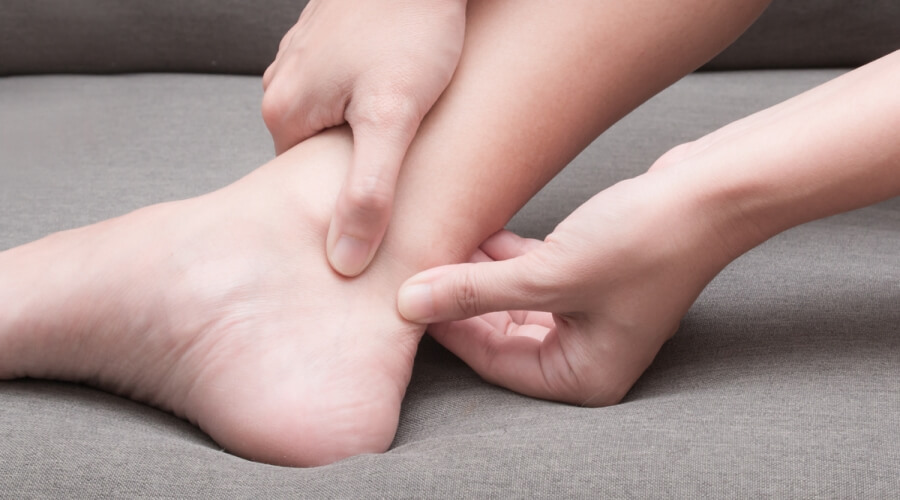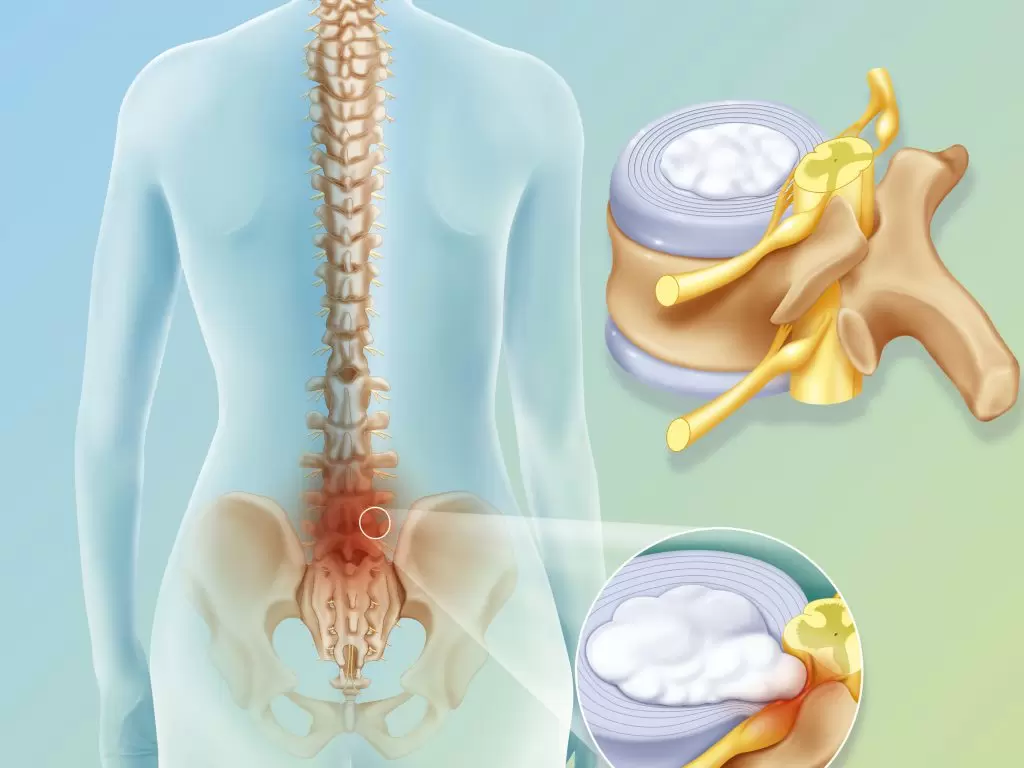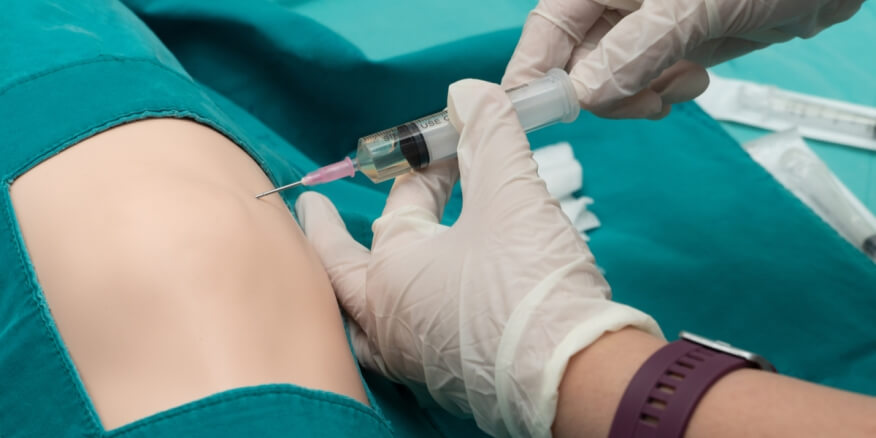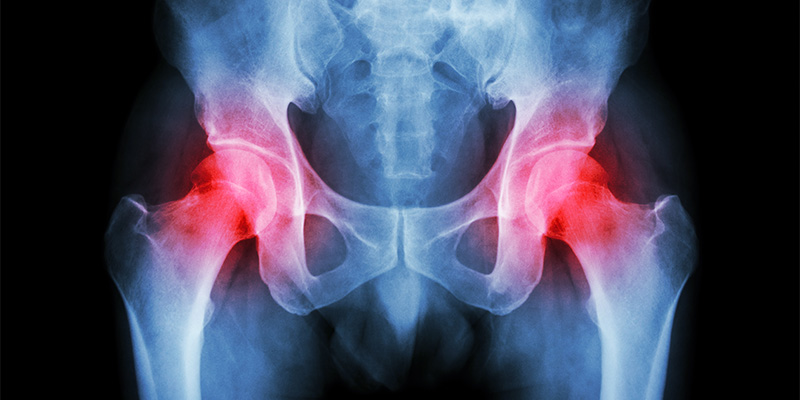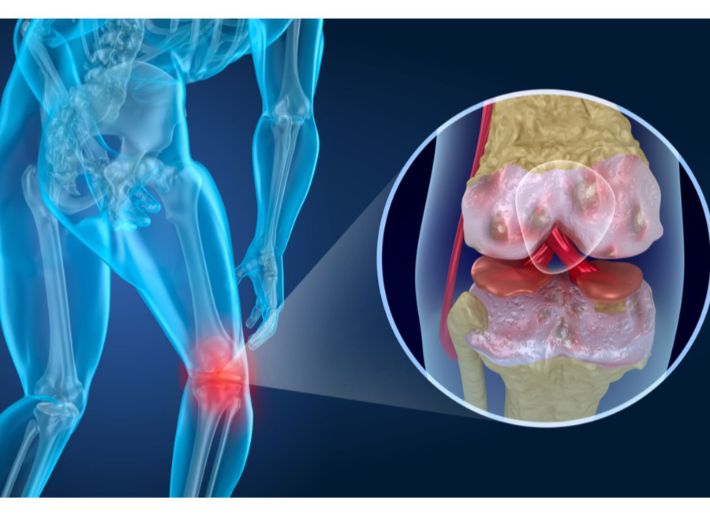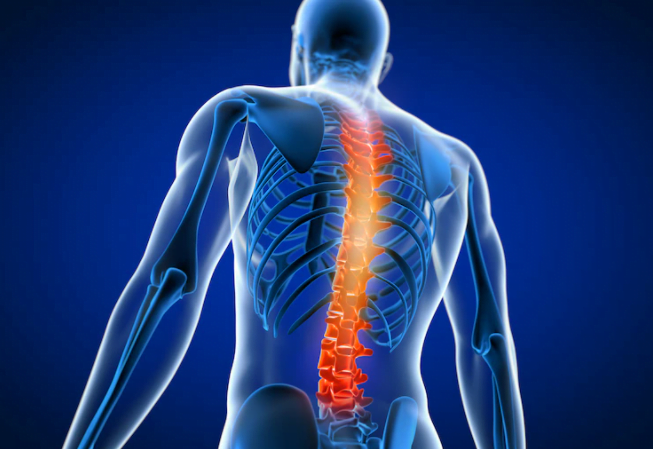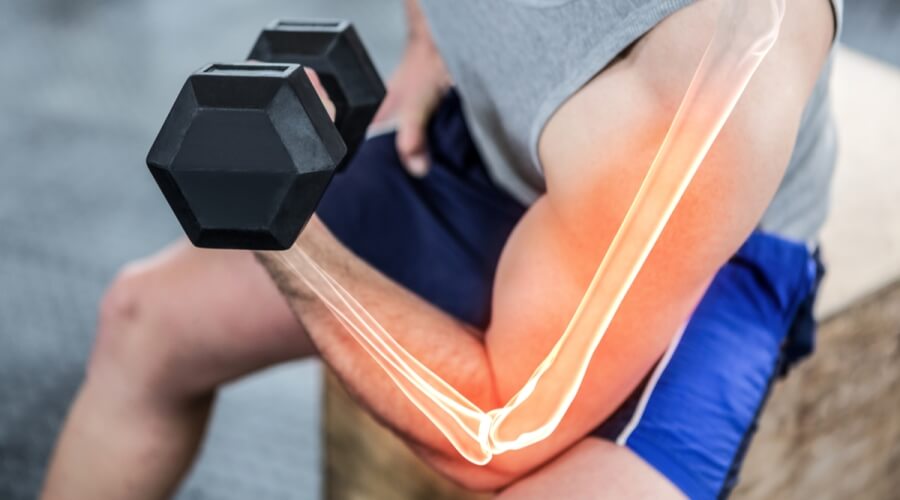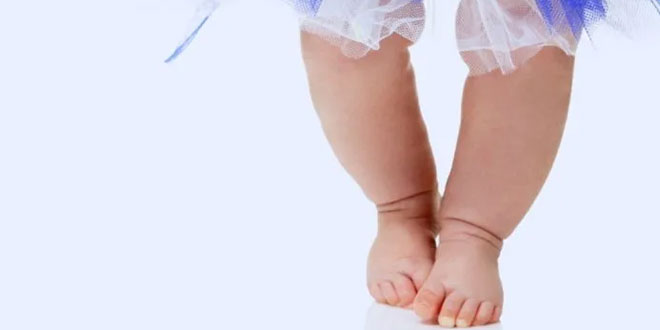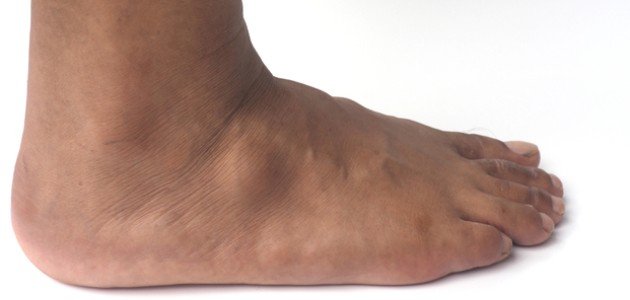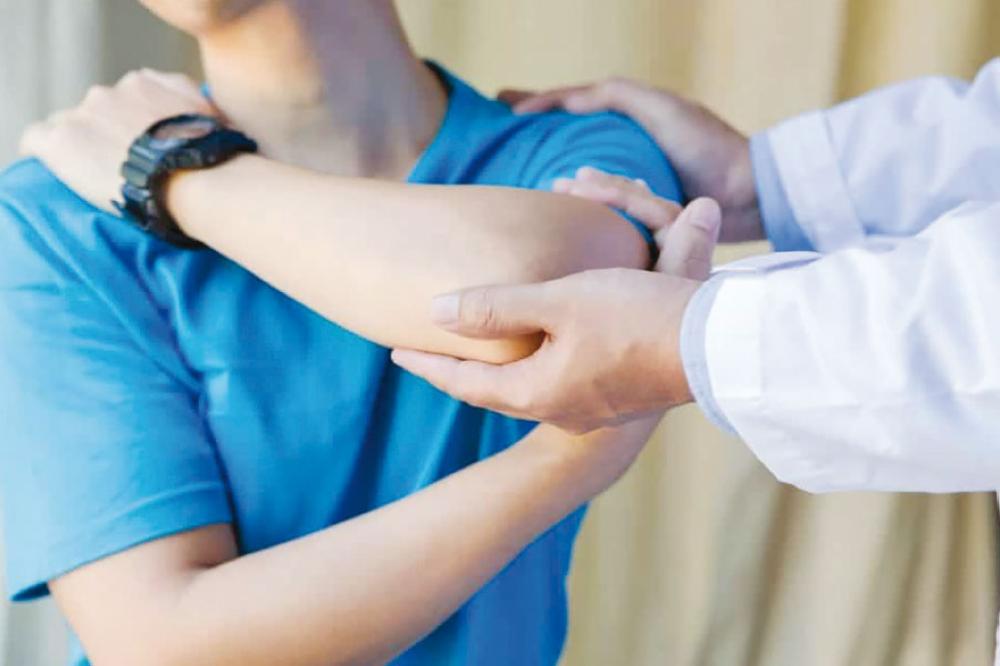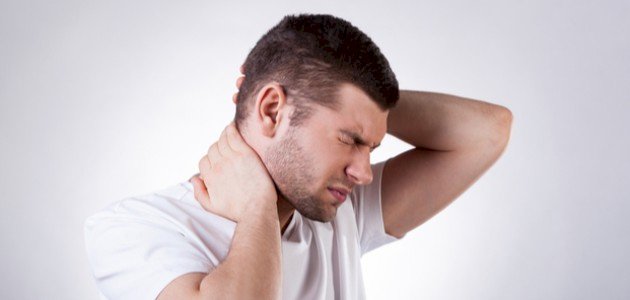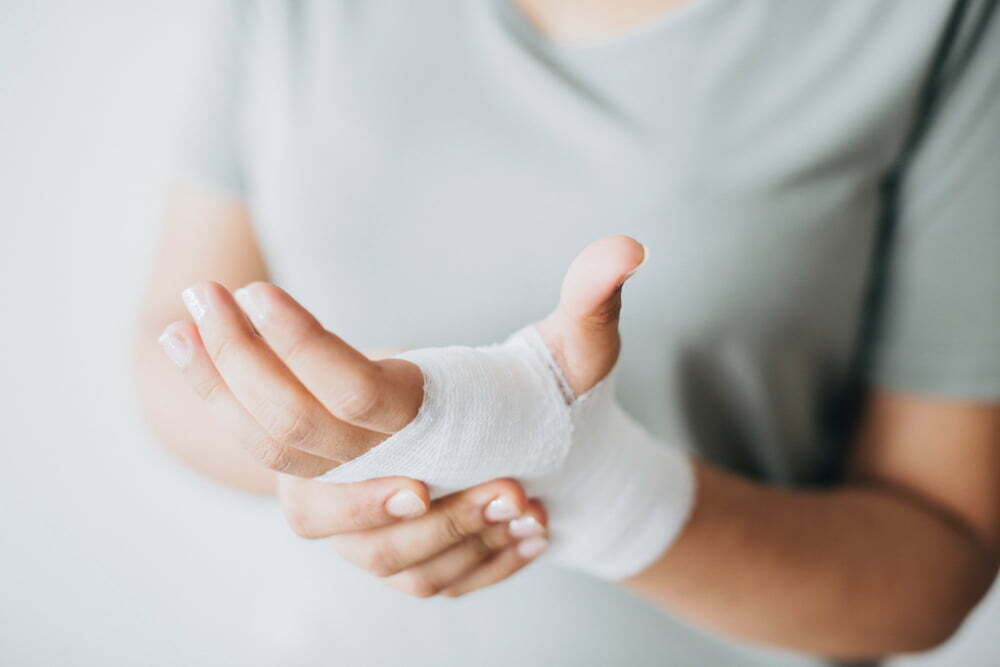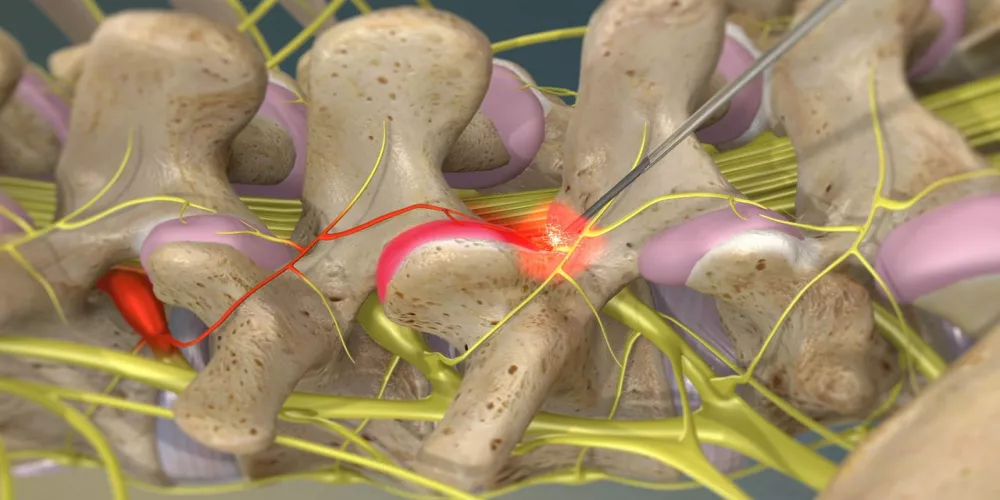Get information about the cost of spinal curvature surgery in Egypt and its success rate!
The cost of spinal curvature surgery in Egypt – Some people around you may suffer from spinal curvature, which makes the patient want to correct this condition as soon as possible to regain confidence in themselves and their external appearance. In this article, we will provide you with all the information related to spinal curvature surgery, the preoperative and postoperative procedures, and the financial cost required.

The Cost of Spinal Curvature Surgery in Egypt
“Regain spinal flexibility and balance with spinal curvature surgery provided by Dr. Amr Amal.”
Spinal curvature surgery is somewhat costly, with prices ranging from 100,000 to 200,000 Egyptian pounds in Egypt. Egypt is one of the best countries to undergo this type of surgery, as prices are relatively low compared to neighboring countries. The price is significantly influenced by various factors, including:
- The type of surgery performed by the doctor.
- The type, pattern, and degree of spinal deviation that the patient is experiencing.
- The cost of the instruments used in the surgical procedure, whether the doctor relies on endoscopy or uses rods and screws.
- The level of the hospital where the patient undergoes the surgery and the medical services provided there.
- The duration the patient stays in the hospital.
- Preparatory procedures that the patient may need, such as X-ray and MRI scans of the spine.
- The cost of anesthesia and the assisting nursing staff.
What are the Spinal Column Problems?
There is no doubt that the spinal column is an important part of the human musculoskeletal system, as it provides support to the entire body, protects the spinal cord, and enables the body to perform its natural movements and various activities. The spinal column can face various health problems, including:
- Ankylosing Spondylitis.
- Spinal Deformities.
- Herniated Discs.
- Spinal Stenosis.
- Scoliosis and Kyphosis.
- Spinal Fractures and Osteoporosis.
- Arthritis and Degenerative Disc Disease.
- Chronic Back Pain.
- Congenital Abnormalities and Spondylolysis.
- Spinal Tumors.
What is Spinal Curvature?
Spinal curvature, also known as vertebral misalignment, is an abnormal deviation or tilt in the vertebrae of the spinal column and can occur in any part of it. It can be found in the cervical, thoracic, lumbar, and sacral vertebrae.
Indications and Reasons for Spinal Curvature Surgery
Spinal curvature surgery helps correct the existing deformity in the spinal column and restore it to its normal position. There are several reasons that may lead a doctor to decide to perform this surgery, including:
- When the deformity is severe, causing significant pain and restricting the patient’s movement.
- If the degree of curvature exceeds 40 degrees.
- When the patient does not respond to other treatment methods in terms of pain reduction or comfort.
- When the patient experiences severe back, leg, and neck pain, affecting their ability to move or perform daily activities naturally. The pain persists despite taking various pain relievers.
Types of Spinal Curvature
The normal alignment of the spinal column appears straight when viewed from the back and slightly curved when viewed from the side. Various factors, such as aging, surgery, injury, or congenital defects, can lead to spinal curvature. There are several types of spinal curvature:
- Scoliosis: In scoliosis, the supporting joints of the vertebrae tend to lean to the side, causing the vertebrae to curve to the side.
- Kyphosis: Kyphosis tends to appear with age or after surgery, causing an upper back curvature that leads to a hunched posture. The curvature can reach around 50 degrees.
- Lordosis: Lordosis results in an inward curvature of the lower back, causing a swayback appearance.
Is Scoliosis Considered a Disability?
To answer this question, it largely depends on the degree of curvature present in the patient’s spine. In severe cases, scoliosis can be considered a disability. However, this determination is typically made by a physician after conducting X-rays, assessing the condition, and measuring the angles on the images. You can benefit from the experience and expertise of Dr. Amr Amal in diagnosing and treating spinal curvature to restore spinal flexibility and function.

Can Spinal Curvature be Treated Without Surgery?
The choice of treatment for spinal curvature depends on the nature of the condition. While some severe cases may require surgical intervention, most cases can be managed conservatively using methods such as:
- Weight loss through a healthy and balanced diet and regular exercise.
- Participation in a rehabilitation program and adherence to physical therapy sessions supervised by a physical therapist.
- Taking pain relievers that help alleviate pain, such as acetaminophen and ibuprofen.
- Engaging in specific exercises prescribed by a doctor that are suitable for the patient’s condition.
In some cases, children and adolescents may need braces to modify the growth of the spine.
Preparations Before Spinal Surgery
Before undergoing spinal surgery, there are several preparations that must be made to ensure the procedure is suitable for the patient and their overall health. These preparations include:
- Abstaining from food and drink for at least 6 hours before the surgery.
- Informing the doctor about all medications, including dietary supplements and vitamins, that the patient is taking.
- Quitting smoking and alcohol consumption at least a week before the surgery.
- Undergoing specific medical tests, including X-rays, magnetic resonance imaging (MRI), and computed tomography (CT) scans, to precisely assess the condition and status of the spine.
- Conducting blood tests to evaluate the patient’s overall health and condition.
It is essential for the patient to adhere to all the advice and guidelines recommended by the doctor to ensure the success of the procedure and avoid any unwanted complications during or after the operation.
Procedures for Spinal Curvature Surgery
Spinal curvature surgery, also known as scoliosis or kyphosis surgery, is a somewhat complex surgical procedure that requires significant skill and expertise from the surgeon. The procedure involves the following steps:
- The patient is given general anesthesia inside the operating room.
- A nerve monitoring device is installed to monitor the nerves during the procedure and ensure they are not damaged.
- The surgeon identifies the location of the spinal curvature that requires correction.
- A surgical incision is made at the operation site, passing through layers of skin and muscles.
- The surgeon removes the muscles surrounding the spinal vertebrae.
- The surgeon secures screws to specific vertebrae of the spine.
- Vertebrae are separated from each other to facilitate movement.
- The surgeon places a rod made of titanium or cobalt-chrome in the correct position on the spine and secures it to the vertebrae using screws.
- Finally, the surgeon closes the surgical incision using surgical sutures after ensuring the successful completion of all the steps of the operation.
Minimally Invasive Spinal Curvature Surgery Steps
The doctor follows several steps to repair spinal curvature using minimally invasive techniques, including the following elements:
- The patient is prepared and then transferred to the operating room, where general anesthesia is administered.
- The surgeon creates small incisions near the curvature area to introduce the endoscope and precise surgical instruments.
- The surgeon uses the endoscope to explore the curvature and accurately identify the problem. Certain types of wires and specific screws may be used to stabilize the vertebrae, possibly through metal rods to ensure their stability.
- Once the surgeon completes the surgery, they take great care to close the incisions, leaving the wounds to heal naturally.
- The patient is then transferred to the recovery room to monitor vital signs and ensure there are no complications or issues.
Adhering to the doctor’s recommendations and guidelines before and after spinal curvature surgery is crucial to the patient’s recovery and overall success of the procedure.
After Spinal Curvature Surgery
After undergoing spinal curvature surgery, the patient must prioritize rest and avoid activities that may cause harm or damage, especially in the early period following the operation. This is to accelerate the healing and recovery process. The patient should strictly follow the doctor’s instructions regarding medication, rest, and refraining from strenuous activities or excessive physical effort.
It is essential for the patient to keep the surgical wound dry and clean, and it should not be exposed to water for at least 5 days after the surgery. The patient should maintain a healthy and balanced diet to help maintain an ideal weight and promote bowel movement. Regular communication with the doctor is necessary, and the patient should seek immediate medical attention if they experience any of the following symptoms:
- Fever.
- Numbness or tingling in the hands, legs, or feet.
- Loss of control over bowel or bladder function.
- Drainage of pus from the surgical site.
- Increased swelling around the surgical site or the appearance of bruises.
Expected Results After Spinal Curvature Surgery
After undergoing spinal curvature surgery, it is normal for the patient to experience some pain with movement. The patient can manage this discomfort by taking pain medications prescribed by the doctor. Additionally, the following outcomes can be expected:
- The patient can regain their daily activities and mobility.
- Improvement in the overall body posture.
- Reduction in symptoms associated with spinal curvature, such as numbness, pain, and limb weakness.
- Correction of spinal curvature and improvement in balance.
Recovery Duration After Spinal Curvature Surgery
After spinal curvature surgery, the patient typically stays in the hospital for 3 to 4 days before being discharged home. The recovery period usually ranges from 4 to 6 weeks, while full fusion of the spinal vertebrae may take up to 6 to 12 months. During this time, it is crucial for the patient to adhere to the doctor’s instructions, which include:
- Taking pain medications and antibiotics as prescribed by the doctor in the specified dosages and at the designated times.
- Avoiding lifting heavy objects.
- Refraining from bending forward during the early weeks following the surgical procedure.
Can Spinal Curvature Be Cured?
Yes, it is possible to treat spinal curvature, and there are some mild cases that do not require treatment because they do not affect the body and do not lead to any complications. However, if the condition progresses and symptoms worsen, the patient should seek immediate medical attention for suitable treatment.
What Is the Success Rate of Spinal Curvature Surgery?
Recent research and studies have shown that the success rate of spinal curvature surgery is high, reaching up to 70%, especially when performed on children under the age of 15. Consequently, the chances of complications are low, usually less than 5%. You can rest assured about the outcomes of spinal curvature surgery when performed by Dr. Amr Amal, who is dedicated to providing personalized care and upholding high medical standards. For more information about scoliosis surgery and its success rate, click here.
Best Doctor for Spinal Curvature Surgery
Spinal curvature surgery is a crucial and precise procedure, and it requires significant expertise from the performing doctor. This is why we recommend Dr. Amr Amal, one of the top orthopedic surgeons in Egypt. He is a consultant in orthopedic and joint surgery at Ain Shams University, known for his excellent reputation among patients. Dr. Amr is known for his compassion, broad expertise, and commitment to the patient’s well-being. He utilizes the latest techniques and equipment to treat medical conditions and provides exceptional medical care, closely monitoring the patient’s progress until a significant recovery is achieved.
Complications of Spinal Curvature Surgery
Spinal curvature surgery is considered a successful procedure, and it is generally safe. However, like any surgical procedure, it may carry some complications and risks, including:
- The possibility of postoperative inflammation at the surgical site.
- The patient may experience some pain after the surgery.
- A risk of bleeding.
- Inadequate bone grafting at the surgical site.
- Potential damage to sensory or motor nerves due to the surgical procedure around the spinal cord.
- The need for a repeat surgical procedure.
Can You Bend Over After Scoliosis Surgery?
After scoliosis surgery, the patient should avoid resuming their daily activities or tasks until they are fully capable of doing so without any discomfort. It is important for the patient to refrain from lifting heavy objects or bending in a way that may strain the back. Instead, they can bend at the hips while maintaining the straightness of their back.

Is Spinal Curvature Surgery Dangerous?
Spinal curvature surgery is not widely known among many people, and it carries some concerns related primarily to nerves and the spinal cord. The goal of undergoing the surgery is to avoid any complications, but like any surgical procedure, it may have some associated risks, which we will discuss below:
- There is a possibility of postoperative inflammation at the surgical site if the patient does not care for and keep the wound clean.
- Nerve injury is a rare but potentially serious complication that can occur during the surgery.
- Bleeding during the surgical procedure may require blood samples as a precautionary measure.
- Allergic reactions to anesthesia or medications taken by the patient before or during surgery may occur.
For more details regarding spinal curvature surgery and its risks, you can refer to the following article.
Does Spinal Curvature Worsen with Age?
Yes, spinal curvature, also known as scoliosis, can worsen with age. The degree of spinal curvature or the tilt of the spine to the side can increase as a person gets older. The highest rate of increase typically occurs during periods of growth, such as childhood and adolescence. However, it is important to note that spinal curvature can continue to progress after adolescence, and there is no fixed age at which it stops progressing for everyone.
It is crucial to start treating spinal curvature in its early stages to maximize the effectiveness of the treatment and prevent further progression of the curvature. Early intervention can help reduce complications that may develop in the patient.

